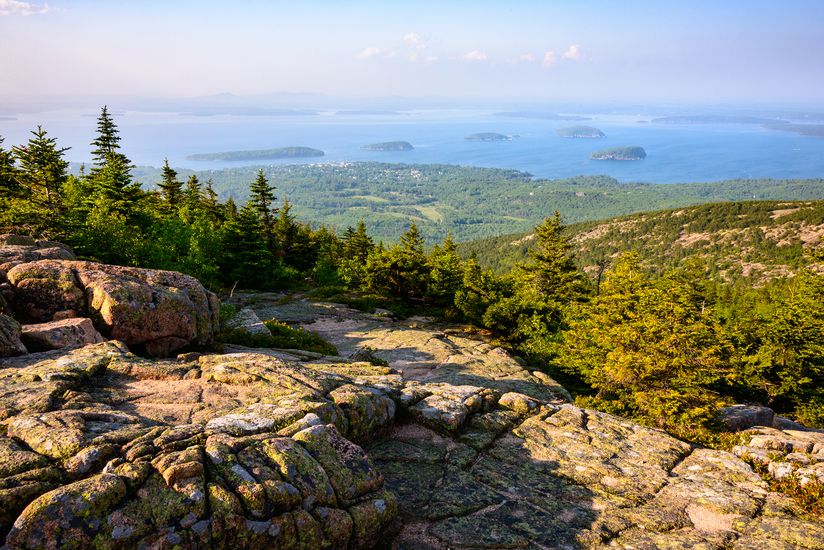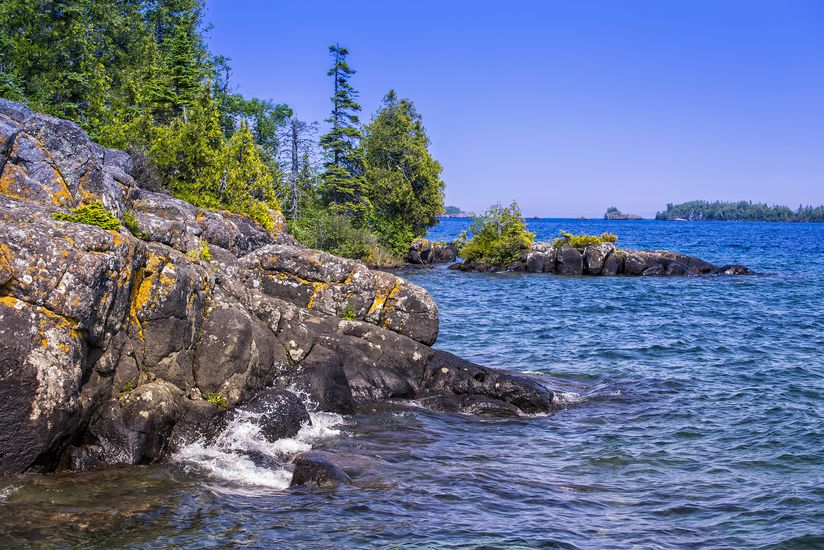Nature at Its Finest
America’s national parks offer visitors inspiring and affordable ways to unplug and reconnect with nature. Although not every state has a national park, the National Park Service also oversees national monuments, national historic sites, and national rivers, among other areas. Some parks are iconic, such as Yellowstone and Yosemite, and others are underrated and lightly visited. This list highlights 50 must-see destinations — the best the country has to offer.
National parks often charge an entrance fee that grants seven days of access and costs up to $35 a vehicle. An interagency annual pass provides access to all the national parks and other federal fee areas for $80. Seniors 62 or older can buy a lifetime passes for $80 and annual passes for $20. Members of the military are eligible for free annual passes. Fee-free days also are offered occasionally during the year, including April 22, the first day of National Park Week; Aug. 4, Great American Outdoors Day; Sept. 23 for National Public Lands Day; and Nov. 11 for Veterans Day. Each year in January, the birthday of Martin Luther King Jr. is also a fee-free day.



























































